Brandon Johnson Mayor | Chicago Contrarian
Brandon Johnson Mayor | Chicago Contrarian
Newly released federal data shows that the recent surge in violent crime in the United States is primarily concentrated in urban areas, with Chicago cited as a leading example. According to the Bureau of Justice Statistics’ National Crime Victimization Survey, violent crime in cities increased by 61 percent between 2019 and 2024. In contrast, suburban and rural areas experienced only minor increases of four and two percent, respectively, which were not statistically significant.
The data also indicates that property crime remains highest in urban areas, with 181.6 property crimes per 1,000 households, compared to 96.1 in the suburbs and 48.3 in rural regions. In Chicago, over 600 murders were recorded last year, not including non-fatal shootings, carjackings, and robberies that often go unreported.
The report suggests that the rise in urban crime is linked to political decisions affecting law enforcement policies. It notes that, “Back in 2019 — before George Floyd, before ‘defund the police,’ before mayors decided criminals were victims and victims were oppressors — the rate of violent crime in urban America was roughly the same as the national average. By 2024, it was 46 percent higher than the national rate and 104 percent higher than the rural rate.”
The article highlights local leadership in Chicago, stating, “Violent crime isn’t evenly distributed across America. It’s urban, it’s ideological, and it’s the direct consequence of leaders like Mayor Brandon ‘6.6’ Johnson, who view law enforcement as a disease, not a cure.” The approach to public safety in Chicago is described as focusing on “reimagining” policing, with fewer patrol officers and more emphasis on alternative strategies.
Cook County’s justice system is also criticized: “Cook County’s own political queen, Boss Toni Preckwinkle, continues to run a justice system that treats criminals like customers. The State’s Attorney’s Office is finally showing signs of life under Eileen O’Neill Burke, but for years, the message to offenders under Kim Foxx was simple: You won’t be prosecuted unless you commit murder — and even then, we’ll negotiate.”
Nationally, the data shows that most crime involving Black victims also involves Black offenders, with 52 percent of such incidents being intraracial. White offenders accounted for only seven percent of incidents involving Black victims.
Media coverage of urban crime is also addressed: “Instead of investigating crime, they’ve been policing language. Reporters write about ‘gun violence’ — not gangs. They speak of ‘food deserts’ and ‘disinvestment’ instead of the decades-long political rot that destroyed once-proud neighborhoods.”
The federal response has included sending National Guard units to some cities experiencing high levels of violence. The article notes: “Trump, seeing the obvious, has begun sending National Guard units to some of the nation’s most violent cities — Washington, D.C., and Portland among them. Predictably, local officials howled that he was turning America into a police state. But the numbers tell a different story.”
The report concludes by emphasizing the need for policy changes: “You cannot fix a moral collapse with social spending. You can only fix it by restoring consequences. That means rebuilding police departments, reinstating prosecutorial integrity, and throwing out the mayors and aldermen who think ‘law and order’ is a racist slogan.”
Chicago faces ongoing challenges as businesses leave and tourism declines. The article states: “Chicago is running out of rope. Businesses are fleeing. Tourists are staying away. Even the Democratic establishment is turning on Johnson behind closed doors.”
The findings from the Bureau of Justice Statistics reinforce concerns about urban crime trends and their impact on cities like Chicago.
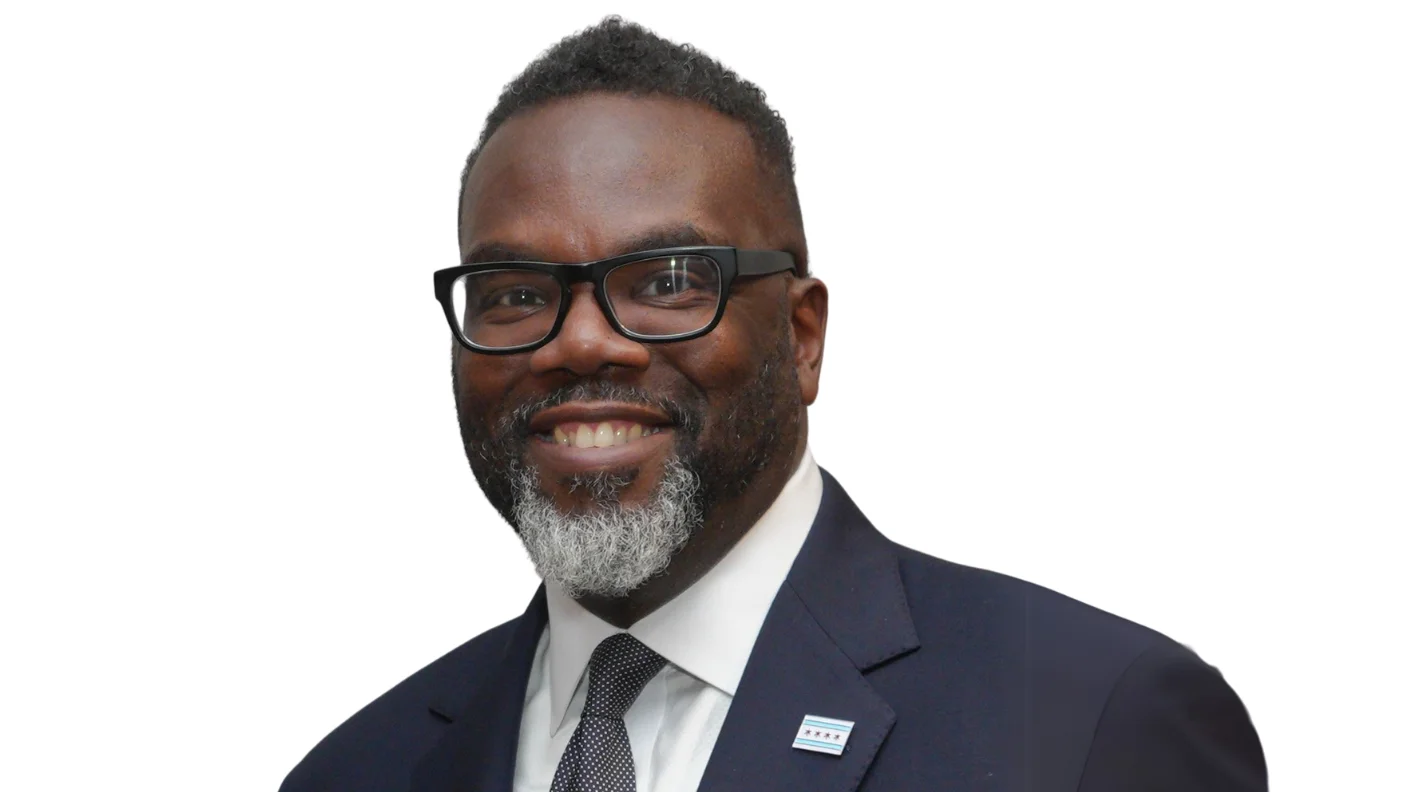
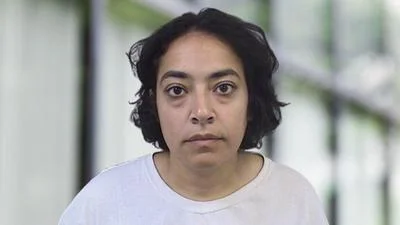
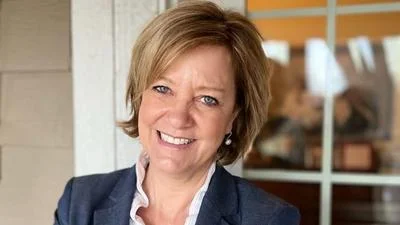
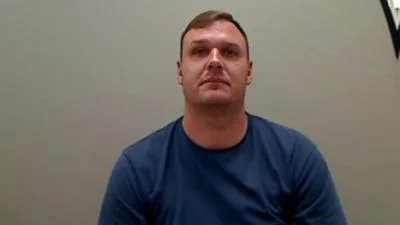
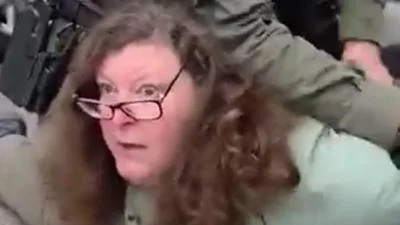
 Alerts Sign-up
Alerts Sign-up